
0
+
Google Reviews

0
+
4.9 ( 2020 Ratings )
The #1 enterprise-class UNIX OS, the Solaris Operating System for SPARC®, x86 and AMD Opteron systems redefines the operating system as a services platform by combining traditional OS functionality with application services and identity management.
The Solaris OS can deliver the security; manageability and performance that IT professionals need to help increase service levels and decrease costs and risk. Solaris x86 systems has gained rapid industry momentum over the past year, with more than 850,000 registered licenses to date and more than 900 solutions available for Solaris9 x86 through approximately 600 ISVs.
Solaris, also identified as Sun Solaris is developed by Sun Microsystems. It is a Unix Operating System. They had another version by name SunOS in 1992, which was surpassed by Sun Solaris 10. Since Oracle acquired it in January 2010, it has a new name which is Oracle Solaris instead of Sun Solaris.
Duration of Training : 8 Weekends


Curriculum Designed by Experts
Master in-demand abilities with our "SUN SOLARIS 11" Course Training, developed to provide you with expertise in enterprise-level OS management, networking, and security. Why enroll? Get hands-on training, industry-specific knowledge, and certification chances. Elevate your career in IT today with "SUN SOLARIS 11" Course Training. Join now!
Discover exciting employment opportunities with our "SUN SOLARIS 11" Course Training! This course prepares you for roles in system administration, IT infrastructure management, and cloud integration. Why enroll? Master in-demand skills and gain a competitive edge in the IT industry. Begin your journey with the "SUN SOLARIS 11" Course Training immediately!
Accelerate cloud adoption with our "SUN SOLARIS 11" Course Training. Gain expertise in cloud integration, virtualization, and scalable infrastructure management. Why enroll? Stay ahead in the evolving IT landscape by mastering "SUN SOLARIS 11" Course Training. Upgrade your skills and enhance your career in cloud technology today!
Enhance scalability and flexibility in IT operations with our "SUN SOLARIS 11" Course Training. Learn to manage dynamic workloads, optimize performance, and adapt systems for future growth. Why enroll? Gain practical skills and industry knowledge with "SUN SOLARIS 11" Course Training. Build a resilient IT career today!
Optimize IT budgets with our "SUN SOLARIS 11" Course Training. Master cost management strategies, streamline resource allocation, and reduce operational expenses effectively. Why enroll? Equip yourself with in-demand skills and expertise through "SUN SOLARIS 11" Course Training. Achieve cost-efficient IT solutions today!
Strengthen your IT infrastructure with our "SUN SOLARIS 11" Course Training, focusing on security and compliance. Learn to safeguard systems, ensure data integrity, and meet industry standards. Why enroll? Gain critical skills for secure IT operations with "SUN SOLARIS 11" Course Training. Build a trusted and compliant IT environment today!



At Radical Technologies, we are committed to your success beyond the classroom. Our 100% Job Assistance program ensures that you are not only equipped with industry-relevant skills but also guided through the job placement process. With personalized resume building, interview preparation, and access to our extensive network of hiring partners, we help you take the next step confidently into your IT career. Join us and let your journey to a successful future begin with the right support.
At Radical Technologies, we ensure you’re ready to shine in any interview. Our comprehensive Interview Preparation program includes mock interviews, expert feedback, and tailored coaching sessions to build your confidence. Learn how to effectively communicate your skills, handle technical questions, and make a lasting impression on potential employers. With our guidance, you’ll walk into your interviews prepared and poised for success.
At Radical Technologies, we believe that a strong professional profile is key to standing out in the competitive IT industry. Our Profile Building services are designed to highlight your unique skills and experiences, crafting a resume and LinkedIn profile that resonate with employers. From tailored advice on showcasing your strengths to tips on optimizing your online presence, we provide the tools you need to make a lasting impression. Let us help you build a profile that opens doors to your dream career.

Infrastructure Provisioning
Implementing automated infrastructure provisioning and configuration management using Ansible. This may include setting up servers, networking devices, and other infrastructure components using playbooks and roles.

Applications Deployment
Automating the deployment and orchestration of applications across development, testing, and production environments. This could involve deploying web servers, databases. middleware, and other application components using Ansible

Continuous Integration
Integrating Ansible into CI/CD pipelines to automate software. build, test, and deployment processes. This may include automating the creation of build artifacts, running tests, and deploying applications to various environments.

The Sun Solaris 11 Training in Bengaluru gave me confidence to implement and manage Solaris in my organization. Thank you, Radical Technologies!
Joining Sun Solaris 11 Institute in Bengaluru was a great decision. The course was detailed and perfectly suited for professionals.
Sun Solaris 11 Classes in Bengaluru had everything I needed: expert trainers, real-world scenarios, and practical labs.
The Sun Solaris 11 Certification in Bengaluru provided valuable insights and helped me pass the certification exam with ease.
Sun Solaris 11 Course in Bengaluru by Radical Technologies is the most comprehensive training I have attended. Highly recommended.
The Sun Solaris 11 Online Certification in Bengaluru boosted my career. The detailed study material and practical labs were very helpful.
The Sun Solaris 11 Online Training in Bengaluru made it easy for me to learn at my own pace. Fantastic support from trainers.
The Sun Solaris 11 Online Course in Bengaluru was very engaging. I appreciated the focus on real-world applications.
I took the Sun Solaris 11 Online Classes in Bengaluru and loved the flexibility it offered. Perfect for working professionals.
The Sun Solaris 11 Corporate Training in Bengaluru transformed our team's skills. The instructors were highly professional.
After completing the Sun Solaris 11 Training in Bengaluru, I secured a job in a top IT firm. Thank you, Radical Technologies!
The Sun Solaris 11 Institute in Bengaluru offered great facilities and expert trainers. I loved the course structure.
Sun Solaris 11 Classes in Bengaluru are the best for anyone looking to gain practical knowledge in this field.
I highly recommend Sun Solaris 11 Certification in Bengaluru to anyone looking to master Solaris. The mock tests were a great help.
Radical Technologies provided the best Sun Solaris 11 Course in Bengaluru. The interactive sessions made learning enjoyable.
I enrolled in the Sun Solaris 11 Online Certification in Bengaluru, and the course material was extremely detailed and well-organized.
The Sun Solaris 11 Online Training in Bengaluru was a great experience. The virtual lab setup was seamless, and the trainers were top-notch.
I completed the Sun Solaris 11 Online Course in Bengaluru and achieved my certification. The trainers were approachable and supportive.
The Sun Solaris 11 Online Classes in Bengaluru were perfectly structured for working professionals. Flexible and very informative.
Thanks to the Sun Solaris 11 Corporate Training in Bengaluru, our team is now proficient in managing Solaris environments. Highly recommended!
The Sun Solaris 11 Training in Bengaluru covered every topic thoroughly. I feel confident to implement Solaris 11 in my workplace now.
This is the best Sun Solaris 11 Institute in Bengaluru! The trainers ensured every concept was clear and provided excellent support.
Sun Solaris 11 Classes in Bengaluru provided an in-depth understanding of Solaris 11. The labs and real-world scenarios were outstanding.
I joined Sun Solaris 11 Certification in Bengaluru, and the course content exceeded my expectations. The trainers were highly knowledgeable.
The Sun Solaris 11 Course in Bengaluru offered a comprehensive and practical approach to learning the operating system. The hands-on sessions were extremely helpful.







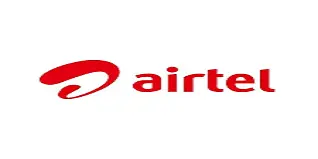
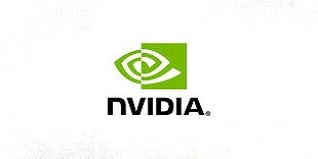
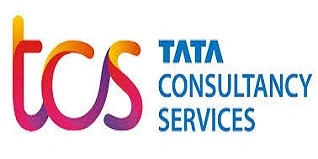

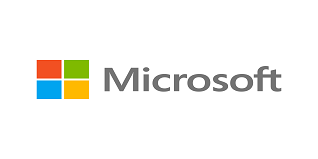
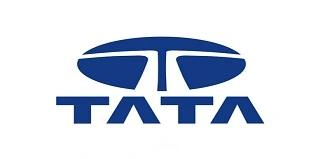
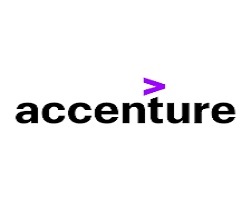
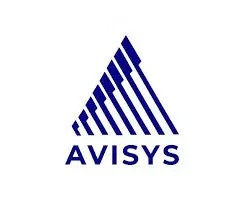
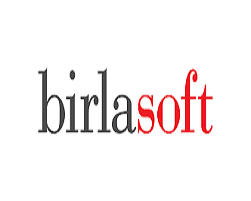
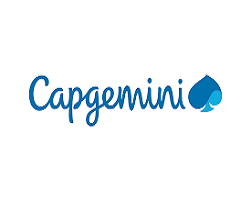

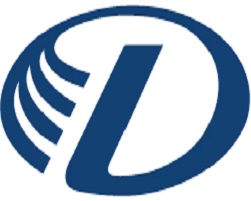
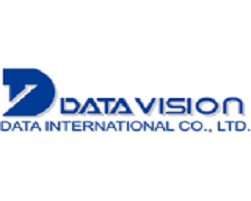
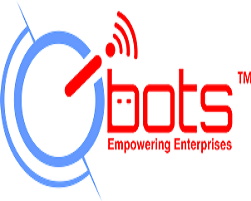
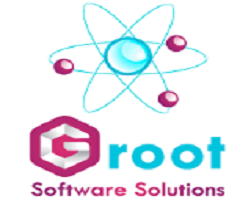
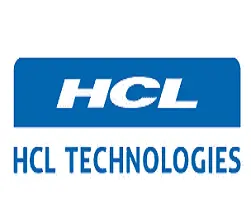
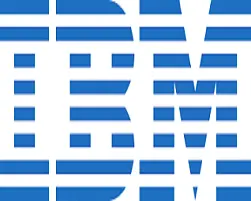
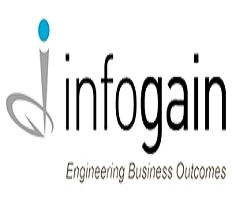
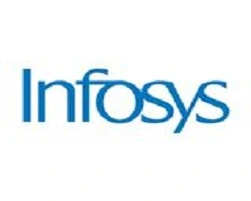
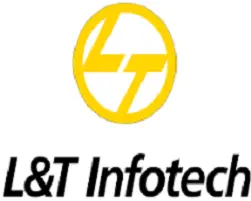
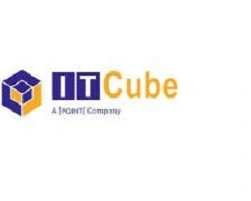
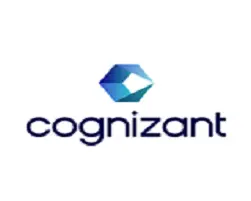
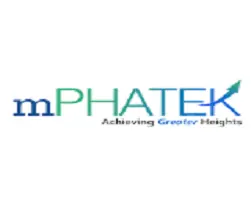
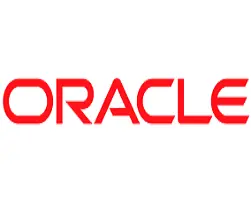
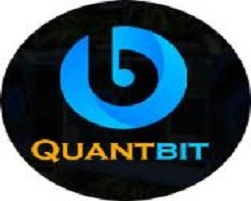
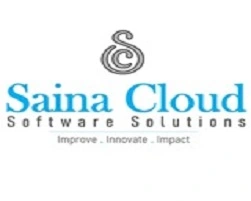

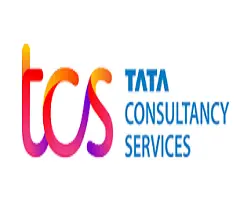
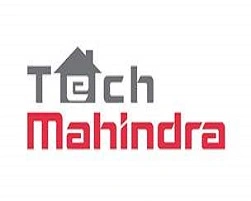
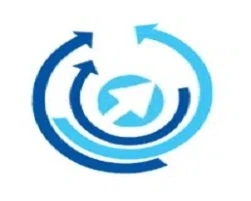
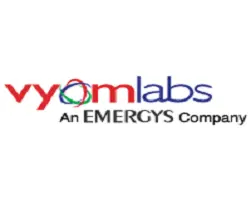
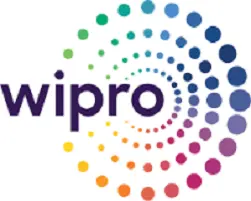
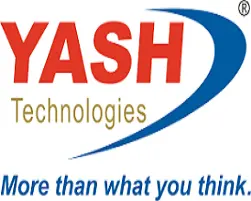
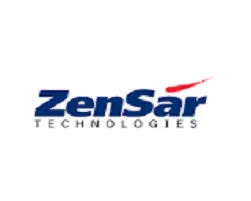
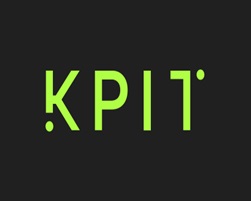
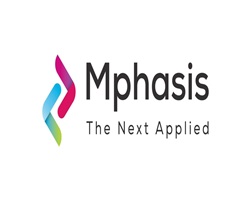
Sun Solaris 11 is used for enterprise applications, including database management, cloud infrastructure, web hosting, and high-performance computing.
Solaris 11 offers advanced security, high availability, virtualization, scalability, and cloud-ready architecture.
Solaris 11 uses ZFS, a file system designed for data integrity with features like checksums and snapshots.
Yes, Solaris 11 supports private, public, and hybrid cloud deployments with features like virtualization and containerization.
Solaris 11 includes role-based access control (RBAC), process isolation, and encrypted communication to enhance security.
Yes, Solaris 11 is optimized for both SPARC and x86 architectures.
Solaris Zones is a lightweight virtualization technology that allows multiple secure and isolated environments on a single system.
Solaris 11 offers clustering, failover mechanisms, and ZFS to ensure minimal downtime and quick recovery.
Industries like finance, healthcare, research, and IT benefit from Solaris 11 for its reliability, security, and performance.
Oracle VM Server for SPARC provides efficient virtualization, enhancing resource utilization and system performance.
Immutable zones create read-only environments, preventing unauthorized changes and improving security.
Yes, Solaris 11 is suitable for big data and analytics due to its ability to handle large-scale data processing.
Solaris 11 uses a subscription-based licensing model, offering support and updates.
Solaris 11 offers unique features like ZFS, Solaris Zones, and RBAC, differentiating it from typical Linux distributions.
Solaris 11 can be downloaded from Oracle’s official website, often requiring a valid subscription for enterprise features.
Basavanagudi | HSR Layout | Sadashivanagar | Jayanagar | Koramangala | Whitefield | Banashankari | Marathahalli | BTM Layout | Electronic City | Rajajinagar | Domlur | Indiranagar | Malleshwaram | Yelahanka | Cooke Town | Nagarbhavi | Bannerghatta Road | Chandapura | Dasarahalli | Devanahalli | Anandnagar | Avenue Road | Byatarayanapura
I had an amazing experience with this service. The team was incredibly supportive and attentive to my needs. The quality of the work exceeded my expectations. I would highly recommend this to anyone looking for reliable and professional service."
I had an amazing experience with this service. The team was incredibly supportive and attentive to my needs. The quality of the work exceeded my expectations. I would highly recommend this to anyone looking for reliable and professional service."
I had an amazing experience with this service. The team was incredibly supportive and attentive to my needs. The quality of the work exceeded my expectations. I would highly recommend this to anyone looking for reliable and professional service."
I had an amazing experience with this service. The team was incredibly supportive and attentive to my needs. The quality of the work exceeded my expectations. I would highly recommend this to anyone looking for reliable and professional service."
I had an amazing experience with this service. The team was incredibly supportive and attentive to my needs. The quality of the work exceeded my expectations. I would highly recommend this to anyone looking for reliable and professional service."
Sun Solaris 11, developed by Oracle Corporation, is a robust Unix-based operating system designed for enterprise environments. It is known for its scalability, security, and performance, making it a preferred choice for mission-critical applications. Solaris 11 combines advanced features that cater to modern IT requirements, including cloud computing, virtualization, and large-scale data processing.
Advanced Security
Solaris 11 provides enterprise-grade security features such as role-based access control (RBAC), process sandboxing, and data encryption. Its integrated compliance tools ensure adherence to regulatory requirements.
High Availability
Solaris 11 supports clustering and failover mechanisms, ensuring high availability for critical workloads. With ZFS (Zettabyte File System), data integrity and rapid recovery are guaranteed.
Virtualization Capabilities
Solaris Zones and Oracle VM Server for SPARC offer efficient virtualization solutions, enabling businesses to consolidate workloads while reducing hardware costs.
Performance and Scalability
Optimized for SPARC and x86 systems, Solaris 11 delivers unmatched performance for applications requiring intensive computing. It scales seamlessly to meet the demands of growing businesses.
Cloud-Ready Architecture
Solaris 11 is designed for cloud environments, providing built-in support for Infrastructure as a Service (IaaS) and Platform as a Service (PaaS) deployments.
Enterprise Database Management
Sun Solaris 11 is an optimal choice for managing enterprise databases, including Oracle Database, due to its high reliability, scalability, and performance. It ensures seamless handling of large datasets and provides a secure environment for critical data operations.
Cloud Computing Solutions
With built-in support for private, public, and hybrid cloud environments, Solaris 11 facilitates efficient deployment and management of cloud infrastructure. It supports advanced features like virtualization and containerization, making it an excellent choice for cloud-native applications.
Web Hosting and Application Servers
Solaris 11 provides a robust platform for hosting enterprise-level web servers and application servers. Its high availability and enhanced security features make it suitable for businesses requiring uninterrupted online services.
Big Data and Analytics
Designed to process large-scale datasets, Solaris 11 supports big data workloads by leveraging its superior computational efficiency and scalability. It is widely used in industries requiring real-time analytics and data-driven insights.
Virtualized Workloads
Solaris 11\u2019s advanced virtualization capabilities, including Solaris Zones and Oracle VM for SPARC, allow organizations to consolidate multiple workloads on a single system. This reduces hardware costs and optimizes resource utilization.
High-Performance Computing (HPC)
With its ability to handle compute-intensive tasks, Solaris 11 is a preferred choice for high-performance computing applications. It is used in research, scientific simulations, and industries that demand extensive computational power.
Secure Enterprise Solutions
Solaris 11 is ideal for applications requiring strict security measures, such as financial systems and government operations. Its security enhancements, including role-based access control and encrypted communication, provide robust protection against cyber threats.
Radical Technologies is the premier institute for Sun Solaris 11 Training in Bengaluru, renowned for delivering top-notch training solutions tailored to both individual learners and corporate professionals. With a mission to provide unparalleled expertise, we offer a wide range of learning options, including Sun Solaris 11 Classes in Bengaluru, Sun Solaris 11 Online Training in Bengaluru, and Sun Solaris 11 Corporate Training in Bengaluru.
Our curriculum is designed to empower students with in-depth knowledge and hands-on experience, making us the preferred Sun Solaris 11 Institute in Bengaluru. Whether you are pursuing a Sun Solaris 11 Certification in Bengaluru or looking for Sun Solaris 11 Online Certification in Bengaluru, Radical Technologies ensures a seamless learning journey.
For working professionals and organizations, our Sun Solaris 11 Corporate Training in Bengaluru and Sun Solaris 11 Online Classes in Bengaluru provide flexible schedules and industry-relevant content. With experienced trainers, state-of-the-art infrastructure, and practical sessions, we help our students master every aspect of Sun Solaris 11 Course in Bengaluru.
At Radical Technologies, we are committed to shaping your future with the best Sun Solaris 11 Online Course in Bengaluru and ensuring your success in the competitive IT industry. Join us today and take a step closer to excelling in Solaris technologies.


(Our Team will call you to discuss the Fees)

(Our Team will call you to discuss the Fees)
